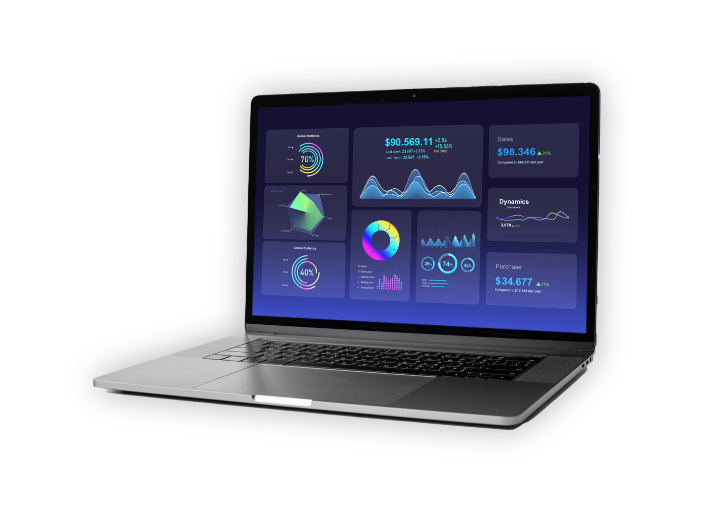Building Stronger Defenses Through Cybersecurity Risk Management
The incessant rise of cyber threats makes it increasingly difficult for organizations to keep their security measures current. Limited resources often lead to inadequate training, outdated technologies, and insufficient monitoring, increasing vulnerability to attacks. Furthermore, complying with regulations while managing internal security policies can overwhelm teams and divert focus from proactive risk management efforts.
Synoptek’s risk management framework (RMF) outlines an approach that can be utilized to protect any enterprise, regardless of the existing cybersecurity state. These services are designed based on three points of reference: Relevance, Timeliness, and Impact of a risk.
Cybersecurity Risk Management Services: Tailored for You
While cybersecurity risks cannot be completely eliminated, Synoptek’s cyber risk management programs help organizations reduce the impact of threats and select appropriate IT security measures based on specific business priorities and resource levels.
-
Comprehensive Risk Management Framework
Synoptek's risk management framework (RMF) is designed for organizations at any stage of their cybersecurity journey, providing tailored solutions based on current security states and protection priorities.
-
Tailored Cybersecurity Services
The framework is adaptable for clients across the 16 National Critical Infrastructure sectors, ensuring relevance for large and small organizations, including federal, state, and local governments.
-
Focus on Relevance, Timeliness, and Impact
The framework enhances overall cybersecurity posture, considering business needs and emphasizing the relevance, timeliness, and potential impact of identified risks.
-
Measurable Results
The risk management program is designed to deliver measurable outcomes, allowing organizations to effectively assess and track improvements in their cybersecurity defenses.

Is your risk management strategy effective?
Get a thorough assessment of your organization’s current cybersecurity risks, ensuring a customized approach to risk management that aligns with specific business objectives.
SCHEDULE A CONSULTATON NOWOur Cybersecurity Expert

Matthew Murdock is the Practice Director of cybersecurity at Synoptek. He leads the charge in strengthening our cybersecurity initiatives and ensuring the protection of clients’ digital assets. He plays a pivotal role in the Governance, Risk, and Compliance practice, specializing in cybersecurity, data privacy, PCI compliance, and SOC 1 & 2 audits while fortifying organizations against evolving threats.
Matthew Murdock
Practice Director,
Cybersecurity

